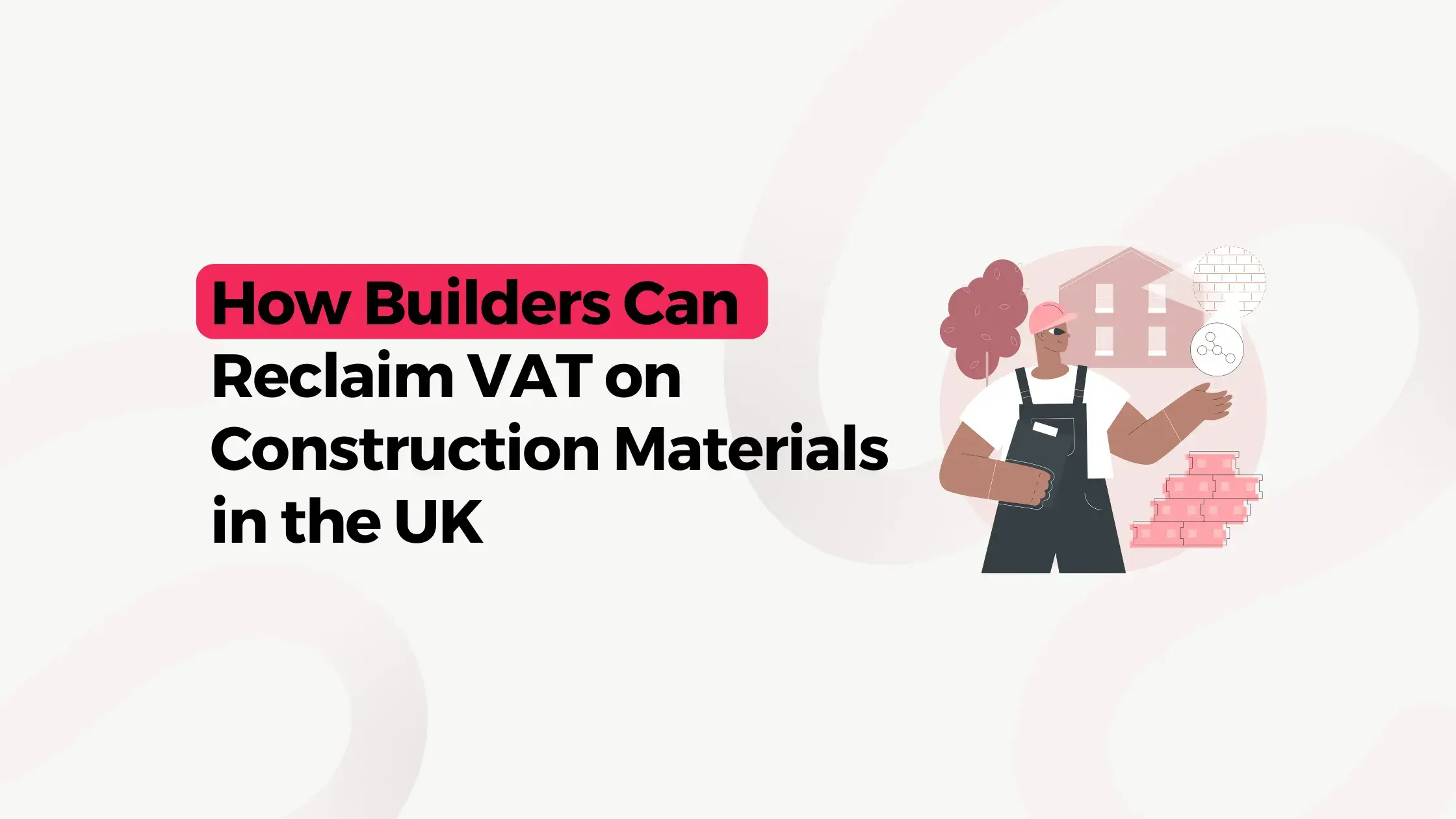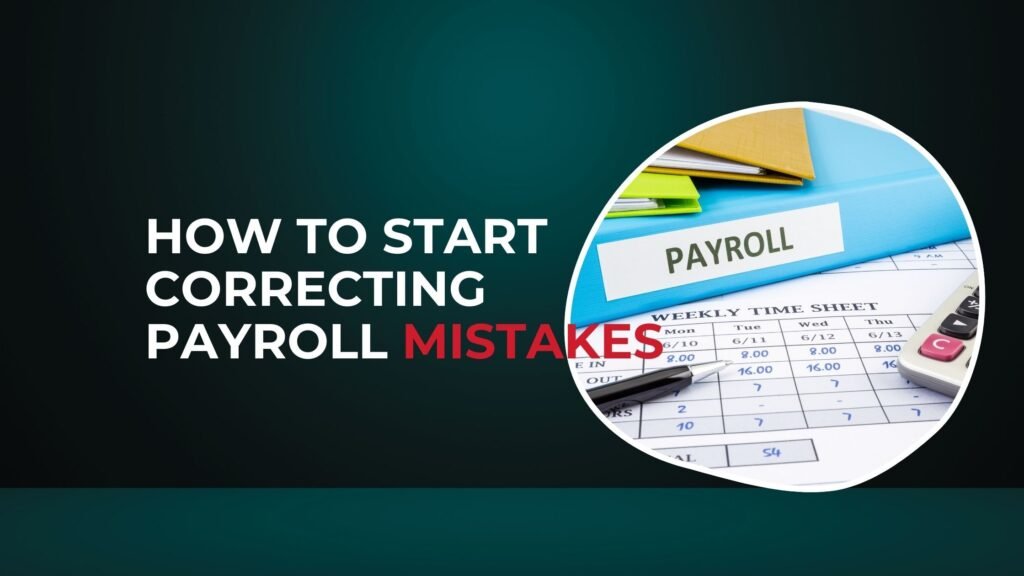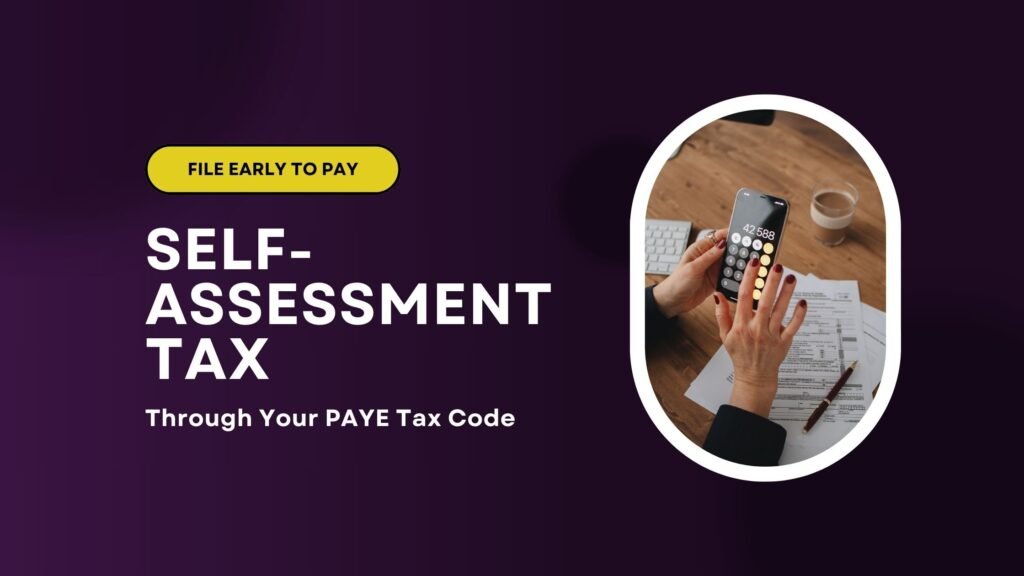Reclaiming VAT (Value Added Tax) can be a great way for builders to reduce the costs of construction projects. This process is especially helpful for those working on large-scale builds or refurbishments. Builders, self-employed contractors, and homeowners involved in specific projects can qualify to reclaim VAT. This article will explain who is eligible to claim, what materials qualify, and how the process works.
Who Can Reclaim VAT on Construction Materials?
To reclaim VAT, you must be registered for VAT with HMRC. Here’s a list of those who qualify:
- VAT-Registered Builders: Builders who charge VAT to their clients can reclaim VAT on materials they purchase for their projects.
- Self-Build Homeowners: If you are building or converting your own home, you may qualify under the DIY Housebuilders Scheme.
- Charities: Non-profit organizations constructing communal housing or similar projects may also be eligible.
It’s essential to follow HMRC guidelines to ensure your claim is valid.
What Construction Materials Can Builders Claim VAT On?
Not all construction materials qualify for VAT refunds. To make it easier, here’s a breakdown of what materials are eligible and which ones are not:
Eligible Materials
These are the materials you can reclaim VAT on, as long as they are used in taxable construction projects and become part of the building structure.
Material Type | Examples |
Building Materials | Bricks, cement, timber, insulation |
Plumbing Materials | Pipes, fittings, boilers |
Electrical Materials | Wiring, outlets, lighting fixtures |
These items must be incorporated into the building structure and are considered essential for construction projects.
Non-Eligible Materials
VAT cannot be reclaimed on materials that are not integral to the building. These items are typically standalone or movable.
Material Type | Examples |
Kitchen Appliances | Ovens, refrigerators, dishwashers |
Furniture | Chairs, tables, cabinets |
Tools | Power tools, hand tools |
Non-eligible items are typically standalone or movable products that do not become part of the building structure. Builders should ensure that purchases align with HMRC guidelines to maximize VAT refunds. To fully understand which materials are taxed at different VAT rates and when those reduced rates apply, check out our complete guide to VAT on Building Materials for Builders.
→ No hidden fees. No gimmicks
Step-by-Step Guide to Reclaiming VAT on Materials
Reclaiming VAT is a straightforward process if you follow the right steps:
- Register for VAT: Ensure your business is VAT-registered with HMRC. If your taxable turnover exceeds the registration threshold, this is mandatory.
- Keep Invoices: Retain all receipts and invoices that show the VAT paid on materials.
- Check VAT Rates: Make sure that your suppliers are charging the correct VAT rate on your purchases.
- Submit Your Claim: File your claim via HMRC’s online VAT return system within the required deadlines.
- Provide Supporting Documents: Include invoices, planning permissions, and other relevant certificates when submitting your claim to HMRC.
Proper documentation is important for a successful claim. Builders who maintain accurate records can confidently reclaim VAT on materials and avoid delays or rejections from HMRC.
Special VAT Reclaim Situations for UK Builders
Some construction projects have special VAT conditions. Here are a few situations where VAT reclaim differs:
New Build Projects (Zero-Rated VAT)
New build projects are generally zero-rated for VAT, which means no VAT is charged on the sale of the property. Builders can reclaim VAT on materials used for constructing new homes or commercial buildings. This rule applies to both professional builders and self-builders. Self-build homeowners can use the DIY Housebuilders Scheme to reclaim VAT on eligible materials.
Refurbishments & Conversions (Reduced Rates)
Refurbishments or conversions may qualify for reduced VAT rates of 5%, instead of the standard 20%. This applies to projects like turning a non-residential property into a home or improving energy efficiency in existing buildings. However, not all projects are eligible, and specific conditions must be met.
DIY Housebuilders Scheme
Homeowners building or converting their own homes can reclaim VAT on materials purchased for the project, provided they meet certain criteria. For example, they must have planning permission, and the property must be used as a residence once completed.
Additional Ways Builders Can Reduce VAT Costs
Here are a few strategies builders can use to further reduce VAT-related costs:
VAT Flat Rate Scheme
The VAT Flat Rate Scheme simplified accounting for small businesses. However, it limits how much VAT you can reclaim. Before choosing this scheme, it’s essential to weigh the pros and cons. If you have significant VAT expenses on materials, this scheme might not be ideal.
Buy from VAT-Registered Suppliers
To reclaim VAT, you must buy materials from VAT-registered suppliers. Always check your suppliers’ VAT registration status to ensure you can reclaim VAT on your purchases.
Plan Purchases Wisely
Strategically timing your purchases can improve cash flow. For instance, you can plan purchases around your VAT return deadlines to manage when you pay VAT and when you receive a refund. This helps avoid financial strain while waiting for VAT refunds.
In Summary, reclaiming VAT is an excellent way for builders to reduce costs and stay compliant with tax rules in the UK. By knowing which materials qualify, following the correct procedures, and utilizing schemes like the DIY Housebuilders Scheme, builders can make the most of their VAT refunds, keeping projects affordable and financially efficient.





